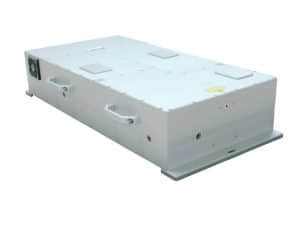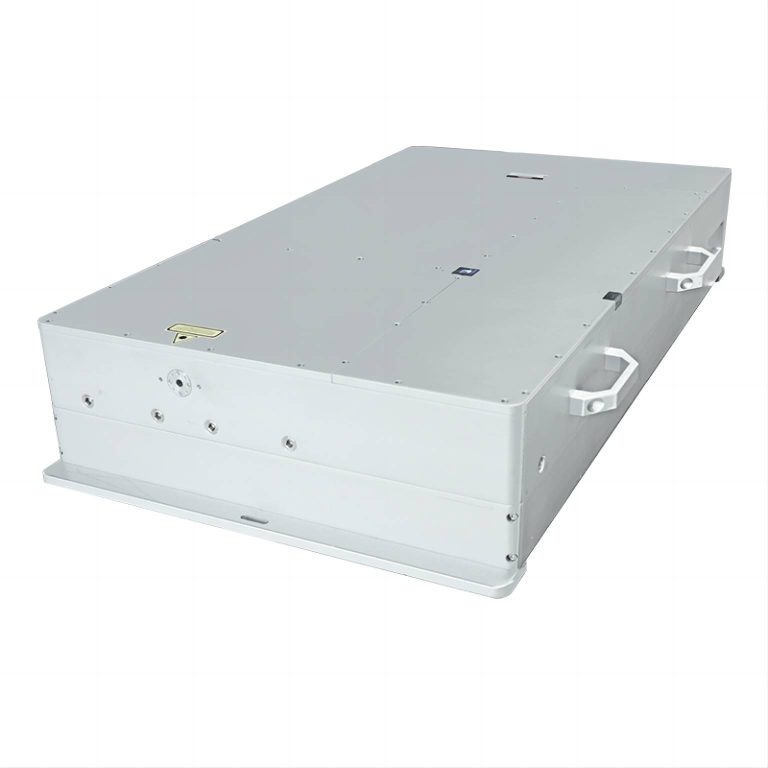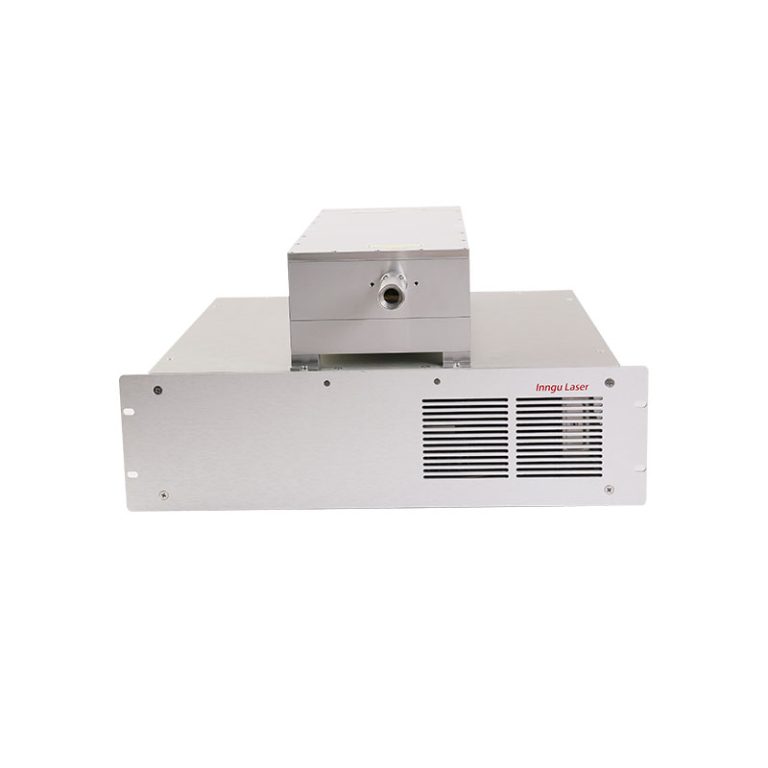Introduction
In the realm of material processing, technological advancements continually shape and redefine capabilities. One such innovation gaining prominence is the utilization of Green Lasers. These lasers, characterized by their short pulse durations and specific wavelengths in the green spectrum, have demonstrated transformative potential in various applications within material processing. This article delves into the emerging trends surrounding Green Lasers, examining their principles, applications, and consequential impact on industries.
Principles of Green Lasers
Green Lasers, distinguished by their emission in the green wavelength range (typically around 532 nanometers), are a subset of pulsed lasers with pulse durations measured in nanoseconds. The green wavelength is particularly advantageous as it interacts efficiently with certain materials, making it well-suited for diverse applications. The short pulse duration ensures precise energy delivery, minimizing heat-affected zones and enabling intricate control over material processing.
These lasers operate on the principle of stimulated emission, where photons are emitted in coherent and focused beams. The use of nanosecond pulses enhances peak power, facilitating efficient material removal and modification. Additionally, the green wavelength’s interaction with materials like metals, ceramics, and semiconductors allows for targeted and controlled processing.
Applications in Materials Processing
Precision Machining and Micromachining:
Green Lasers find extensive use in precision machining and micromachining applications. The ability to deliver high energy in short pulses enables the precise removal of material, making them invaluable for manufacturing intricate components in industries such as electronics, aerospace, and medical devices. The reduced thermal impact ensures minimal damage to surrounding areas, enhancing the quality of machined parts.
Surface Modification:
The green wavelength’s interaction with materials enables effective surface modification. This is particularly relevant in industries where altering surface properties is crucial, such as improving adhesion, enhancing corrosion resistance, or creating specific surface textures. Green Lasers provide a versatile tool for controlled surface engineering across various materials.
Photovoltaics and Electronics:
In the field of electronics and photovoltaics, precision is paramount. Green Lasers offer a refined method for cutting, scribing, and drilling in semiconductor materials. The controlled energy delivery ensures minimal damage to the delicate electronic components, making these lasers instrumental in the production of microelectronics and solar panels.
Medical Device Manufacturing:
The medical industry benefits from the precision and versatility of Green Lasers in manufacturing medical devices. Cutting, welding, and drilling of intricate components with minimal thermal impact are essential requirements in this sector. The green wavelength’s compatibility with various biomaterials further expands the scope of applications in medical device fabrication.

Advantages of Green Lasers in Materials Processing
Green Lasers, with their unique characteristics, offer several distinct advantages in the realm of material processing. These advantages contribute to their increasing adoption across diverse industries. The key benefits include:
Precision and Accuracy:
Green Lasers excels at providing precise and accurate material processing. The short pulse duration allows for controlled energy delivery, resulting in minimal heat-affected zones. This precision is particularly crucial in applications where intricate detailing and fine adjustments are paramount, such as in the manufacturing of microelectronics and medical devices.
Reduced Thermal Impact:
The ability to deliver high energy in short pulses minimizes the thermal impact on the processed material. This feature is essential in preventing damage to surrounding areas, preserving material integrity, and ensuring the quality of the processed components. Reduced thermal effects also contribute to enhanced efficiency in applications requiring minimal thermal distortion, such as cutting-edge electronics manufacturing.
Versatility Across Materials:
Green Lasers exhibit versatility in interacting with various materials. Their compatibility extends to metals, ceramics, semiconductors, and biomaterials, making them suitable for a wide range of applications. This versatility positions Green Lasers as a valuable tool for industries with diverse material processing needs, from aerospace to medical device manufacturing.
Surface Modification Capabilities:
The green wavelength’s effective interaction with materials allows for controlled surface modification. Industries requiring altered surface properties, such as improved adhesion or enhanced corrosion resistance, benefit from the precision and reliability of Green Lasers in achieving desired surface characteristics.
High Peak Power:
Green Lasers boast high peak power as a result of their short pulse durations. This high peak power is instrumental in facilitating efficient material removal and modification. It contributes to the lasers’ ability to tackle challenging tasks, including cutting and drilling through various materials, enhancing their applicability in manufacturing processes.
Advancements Driving Adoption
Several advancements have propelled the increased adoption of Green Lasers in material processing:
Pulse Shaping Technologies:
Ongoing research has led to the development of pulse-shaping technologies, allowing for precise control over the laser pulses. This advancement enhances the versatility of Green Lasers, enabling tailored processing for different materials and applications.
Beam Delivery Systems:
Improvements in beam delivery systems have enhanced the efficiency and accuracy of Green Lasers. Advanced optics and beam delivery mechanisms contribute to better focus and stability during material processing, ensuring consistent results.
Integration with Industry 4.0:
The integration of Green Lasers with Industry 4.0 practices has streamlined manufacturing processes. Automated systems, guided by data analytics and artificial intelligence, optimize laser parameters for specific tasks, further improving efficiency and reducing production costs.
Future Outlook
The trajectory of Green Lasers in material processing indicates a promising future. As research and development continue to refine laser technologies, address challenges, and expand the range of compatible materials, the adoption of Green Lasers is likely to become more widespread across industries.
Conclusion
In conclusion, the emergence of Green Lasers represents a significant paradigm shift in material processing. Their unique combination of short pulse durations and green wavelengths opens up new possibilities for precision machining, surface modification, and applications in diverse industries. Advancements in pulse shaping, beam delivery, and integration with Industry 4.0 further enhance their efficacy. While challenges exist, ongoing research and developments suggest a bright future for Green Lasers, positioning them as a transformative tool in the manufacturing landscape. As industries continue to seek enhanced precision and efficiency, Green Lasers are poised to play a pivotal role in shaping the future of material processing.


